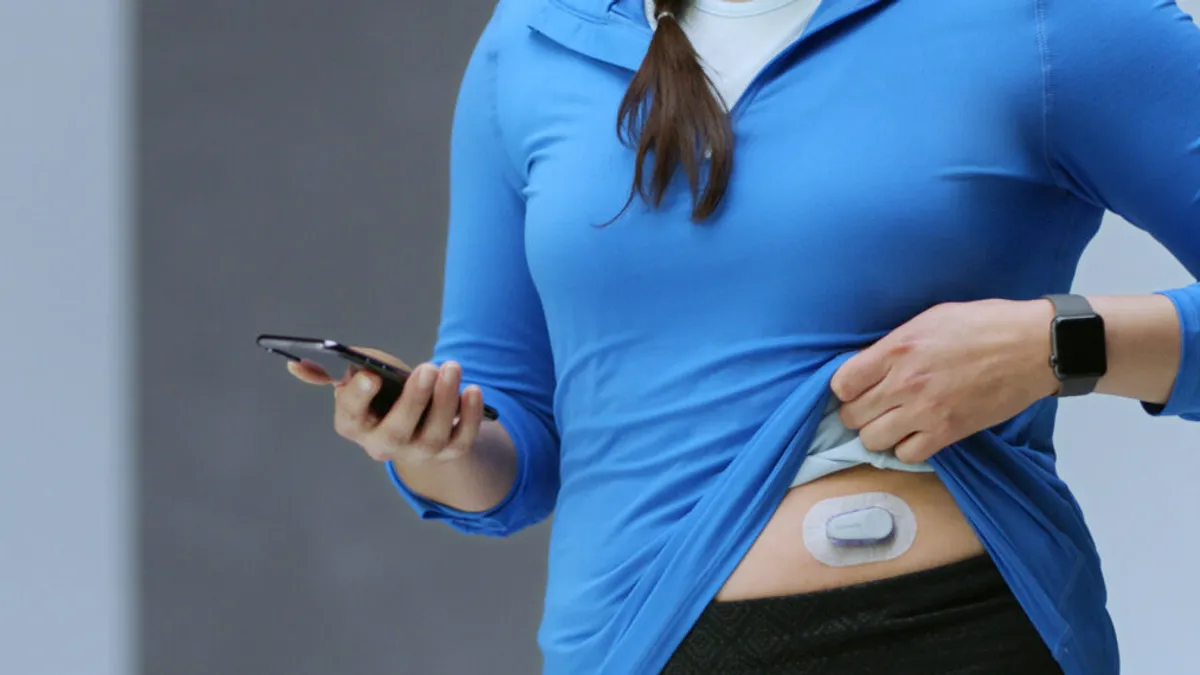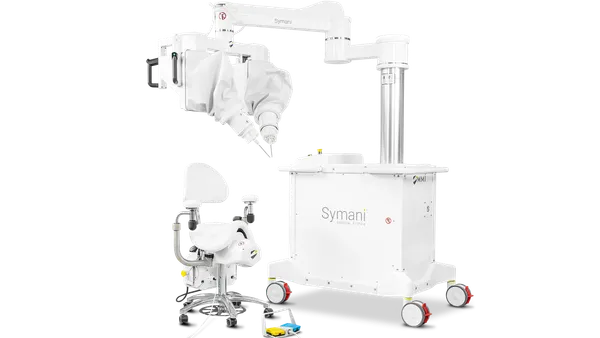Dive Brief:
- A systematic review of the clinical data supporting diabetes mobile health apps has identified a need for further research into the effectiveness of the technologies.
- Published in Frontiers in Clinical Diabetes and Healthcare, the review looked at 25 randomized, controlled trials that reported results between June 2010 and June 2020. The study associated the use of digital health technologies to improved blood sugar but identified limitations of the data.
- Specifically, the researchers saw a need for more data on the wider clinical effectiveness of apps in the management of Type 1 diabetes and prediabetes. The time frame covered by the review suggests additional studies will have reported results since it was conducted.
Dive Insight:
Mobile app developers have created a range of software tools to help people with diabetes manage their conditions, by providing dietary advice and informing insulin dosing, for example. However, with earlier reviews finding the evidence to support mobile health apps in general is limited, questions about how well the technologies work in diabetes remain unanswered.
Researchers in the U.K. sought to evaluate the data on diabetes apps by reviewing the results of clinical trials. The review included only randomized, controlled trials, meaning potentially useful observational and non-randomized studies were excluded, and limited its analysis to the decade up to June 2020.
Twenty-five studies comprising 3,360 patients met the criteria. Across the studies, the review linked the use of digital health technologies to improvements in blood sugar, as measured by HbA1c. The difference in HbA1c compared to standard care was -0.56% for Type 1 diabetes, -0.90% for Type 2 diabetes and -0.26% for prediabetes.
The finding that the technologies improved blood sugar control comes with caveats. The review only included one trial focused on prediabetes, and the researchers questioned if the effect on blood sugar was driven by the technologies, noting that a “study with a narrower focus on newly and recently diagnosed patients may yield different results.”












